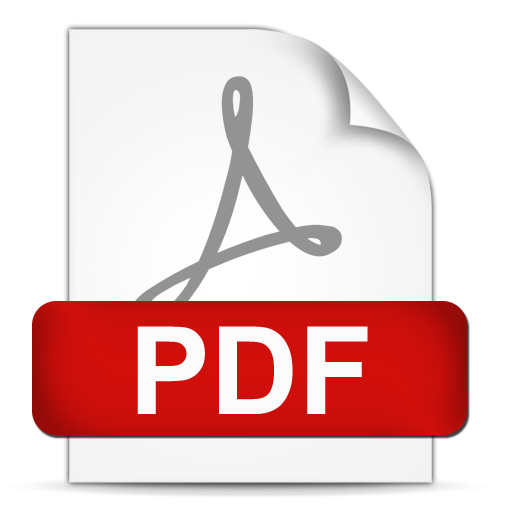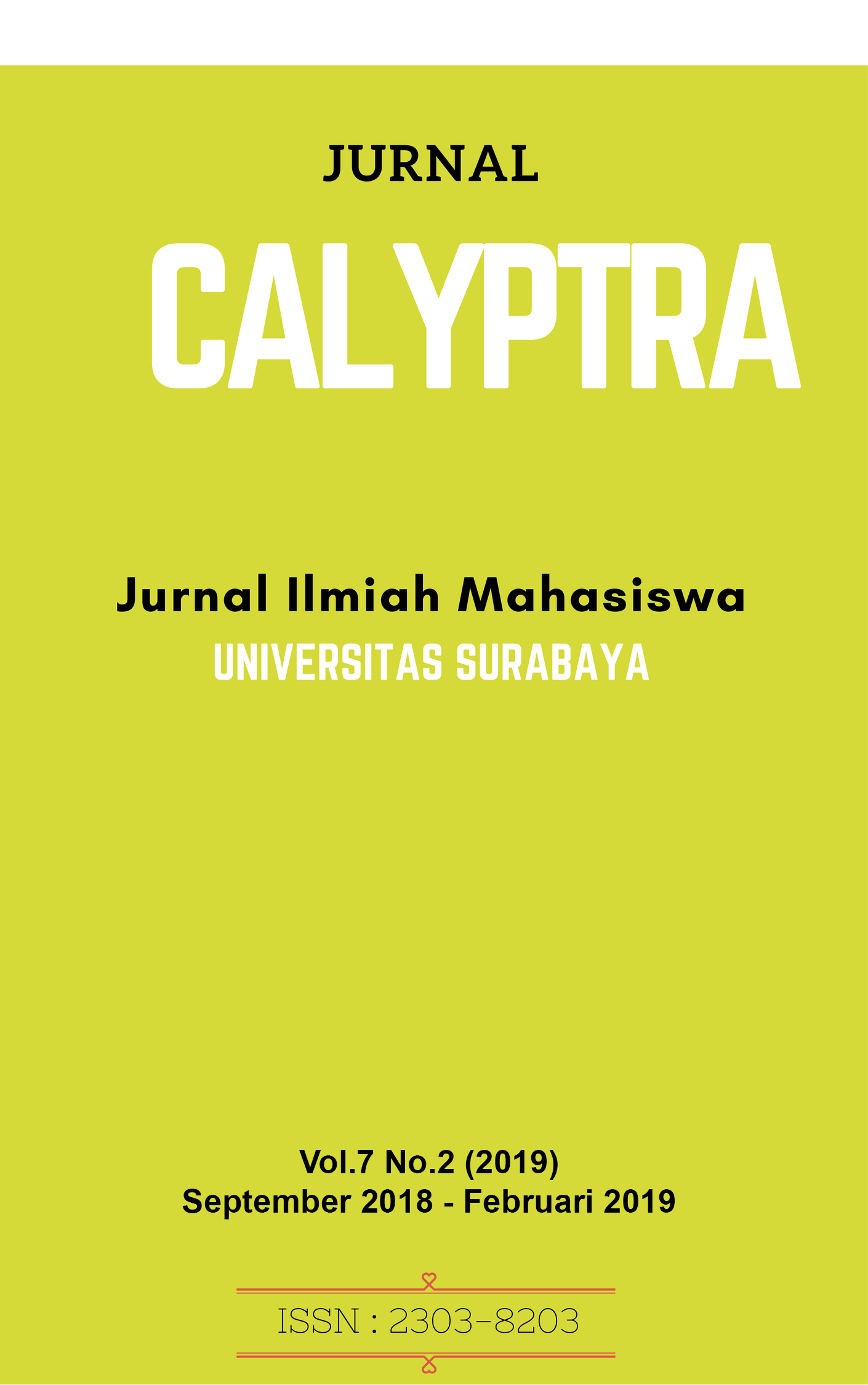ANALISIS DAN PEMBAHASAN PENERAPAN RISK MANAGEMENT UNTUK MEMINIMALISIR KERUGIAN KEGIATAN PENGIRIMAN PADA PT DIVA SEMESTA TRANSINDO DI BIDANG JASA EKSPEDISI DI SURABAYA
 Abstract Views:
545 times
Abstract Views:
545 times
 PDF - FULL TEXT Downloads:
1415 times
PDF - FULL TEXT Downloads:
1415 times
Abstract
Abstract – This study aims to be aware of the risk of anything contained in the company and how the risk assessment is included into low risk, medium risk, or high risk. Thus it can assist management in making appropriate risk management actions to reduce the likelihood of risks and negative impact of the existing risks. This research uses qualitative approach that is explanatory research by using interview method, observation, and document analysis. The results obtained are 2 risk that the author included into low risk, 2 risk included into medium risk and 2 risk included into high risk, where all of the risks that need to be managed by using the concept of Risk Management so it can reduce the loss of the freight activities and support the goals of the business.
Downloads
References
Calvin, B., & Stacey, C. 2013. Risk information source preferences in construction workers. Employee Relations, 36, 70-81.
Cheese, P. 2016. Managing risk and building resilient organisations in a riskier world. Journal of Organizational Effectiveness: People and Performance, 3(3), 323-331.
Ebert, R. G., & Ronald, J. 2013. Business. Prentice Hall International Editions, 752.
Eckert, C. 2017. Corporate reputation and reputation risk: Definition and measurement from a (risk) management perspective. The Journal of Risk Finance, 18, 145-158.
Elena, B. A., & Richard, C. 2013. From initial risk assessments to system risk management. Journal of Modelling in Management, 8, 262-289.
Gatzert, N., & Schmit, J. 2016. Supporting strategic success through enterprise-wide reputation risk management. The Journal of Risk Finance, 17, 26-45.
Jennex, M. E. 2014. A proposed method for assessing knowledge loss risk with departing personnel. The journal of information and knowledge management systems, 44, 185-209.
Krause, T. A., & Tse, Y. 2016. Risk management and firm value: recent theory and evidence. International Journal of Accounting and Information Management, 24, 56-81.
Moerman, L. C., & Van der Laan, S. L. 2012. Risky business: socializing asbestos risk and the hybridization of accounting. Critical Perspectives on Accounting, 23, 107-116.
Ojiako, U. 2012. Examining thematic elements in strategic business risk. Management Research Review, 35, 90-105.
Prorokowski, L. 2015. Operational risk capital charges (Basel II): factoring in external loss data to the internal datasets. The Journal of Risk Finance, 16, 519-535.
Rebelo, M. F., Silva, R., & Santos, G. 2017. The integration of standardized management systems: managing business risk. International Journal of Quality & Reliability Management, 34, 395-405.
Sax, J., & Torp, S. S. (2015). Speak up! Enhancing risk performance with enterprise risk management,leadership style and employee voice. Management Decision, 53, 1452-1468.
Spekman, R. E., & Davis, E. W. 2012. Risky business: expanding the discussion on risk and the extended enterprise. International Journal of Physical Distribution & Logistics Management, 34, 414-433.
- Articles published in CALYPTRA are licensed under a Creative Commons Attribution-ShareAlike 4.0 International license. You are free to copy, transform, or redistribute articles for any lawful purpose in any medium, provided you give appropriate credit to the original author(s) and the journal, link to the license, indicate if changes were made, and redistribute any derivative work under the same license.
- Copyright on articles is retained by the respective author(s), without restrictions. A non-exclusive license is granted to CALYPTRA to publish the article and identify itself as its original publisher, along with the commercial right to include the article in a hardcopy issue for sale to libraries and individuals.
- By publishing in CALYPTRA, authors grant any third party the right to use their article to the extent provided by the Creative Commons Attribution-ShareAlike 4.0 International license.



